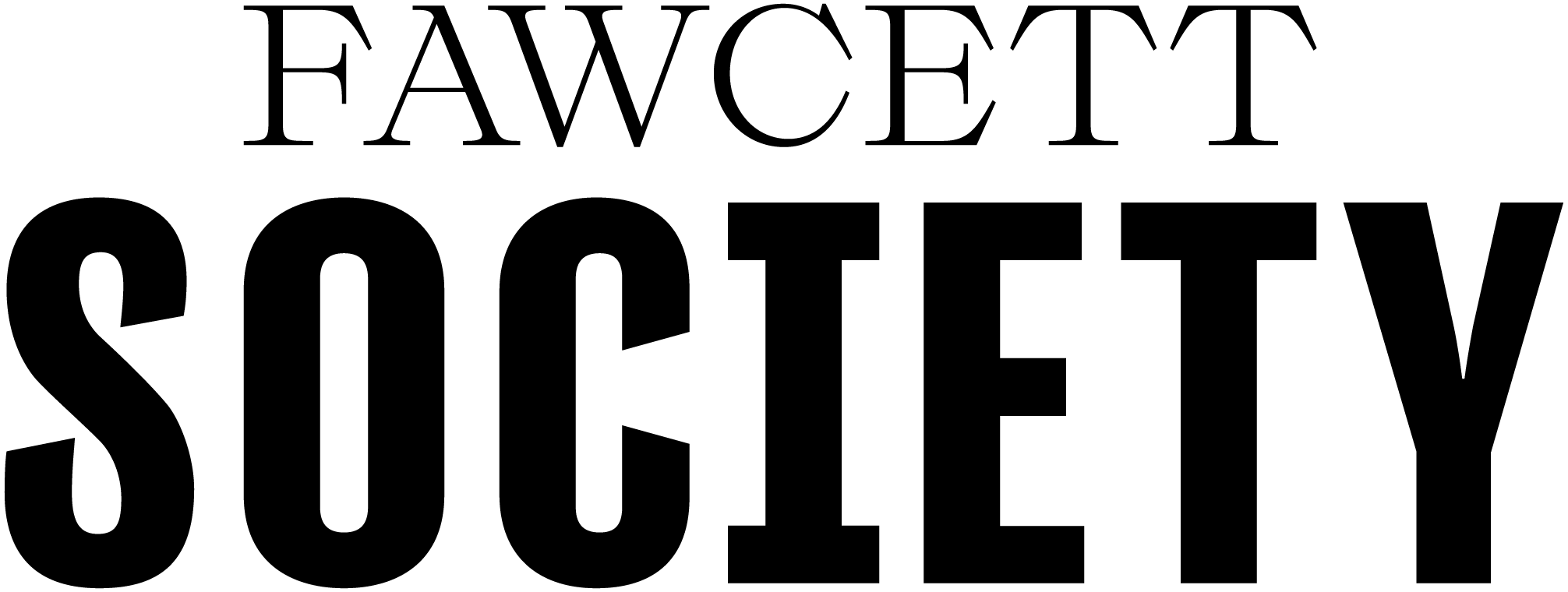Historically, sports have been regarded as a male leisure activity or pastime. From a European point of view, the centuries old jousting tournament had only male participants, and the more modern sport, football, also previously only had male players. Thus, there has been an ongoing pervasive mentality that being an athlete, or partaking in sports, requires the demonstration of traditionally masculine traits [2]. Before the mid-twentieth century, the term 'athlete' was almost synonymous with 'male', however this was to change in the interwar period. As pointed out by scholar Ina Zweiniger-Bargielowska, in interwar British female athleticism, keep fit classes and physical culture were celebrated as emblems of modernity [3]. This marked the beginning of women's entrance into the world of sport. Women were urged to cultivate beauty to attract a husband and had a duty to maintain their looks for a harmonious marriage [4]. Therefore, it is important to remember that this initial breakthrough was in line with the gender norms and the encouragement of women's fitness fell in with tradition as women were encouraged to remain attractive for their husbands. Nonetheless, these changes paved the way for future women athletes and has enabled women to transgress societal norms. This continued through the final decades of the twentieth century: in 1967, Katherine Switzer changed history by lifting the ban on women's participation in running a marathon, and in the 1970s changes were made in schools to encourage female participation in sport [5]. It can therefore be said that the rise of the modern female body contributed towards the emergence of more equal gender relations [6].
There are several barriers when it comes to women's participation in sport. These barriers are also evident in the failure to recognise women's contributions to sport or formalise women's participation in sports. For example, 22 women competed in the 1900 Olympic Games in Paris. The first American woman to win an Olympic competition was golfer Margaret Abbott, but instead of winning a medal, she received a porcelain bowl as a prize [7]. This highlights the thinly veiled misogyny present at the time. Women's contributions and achievements, therefore, were not properly recognised. Today, despite the positive evolution in sport, and steps being taken in the right direction, women continue to face a number of challenges both as professional athletes and when accessing team sports such as: unequal pay, recognition, media exposure and sexual subjugation.
Equal Pay
One of the most prominent issues women face in any industry is the problem of a gender pay gap, and sport is no exception. Women athletes tend to receive less money than male athletes on account of their seemingly inferior sex and athletic abilities. The most prominent gender pay gap exists in football across the globe [8]. For example, even after the Lionesses (the English women’s football team) won the Women’s Euros in 2022, they received a sum of £1,300,000; had the men’s football team won the Euros in 2020, they would have received £9,500,000 [9]. This shocking pay gap can also be seen with the US female teams. In 2019, it was revealed that the US women’s soccer team were paid a quarter less than the men’s, despite winning their fourth world cup that year [10]. In the US, whether professional players receive salaries or individual prize money from competitions, male athletes in basketball, golf, soccer, baseball and tennis make anywhere from 15% to over 95% more than female athletes [11]. This is a shocking statistic which demonstrates that there are major barriers caused by gender in the world of sport and this needs to be rectified to encourage and inspire inclusion and the recognition of female athletes and sports teams as just as capable and successful as the male.
Recognising Global Trailblazers
Though significant, there is more to recognising women in sport than equal pay. Female sports teams/athletes need the same exposure though marketing and promotion as men [12]. Women have increasingly been included in this regard. Brands like Coca-Cola and Delta have made big commitments to women athletes and sports leagues in recent years, demonstrating not only a rise in inclusion of women but their recognition as leading figures in the world of sport [13]. Furthermore, 364 million people tuned in to watch the Women’s Euros final in 2022, demonstrating the increased interest in female sport across the world [14].
Yet, despite the growing recognition, women face multiple challenges, and grapple with issues of power from their male counterparts in sport. The unenviable position of women athletes could be seen as recently as 2023 at the Women’s World Cup in Australia. The president of the winning country’s (Spain’s) football team, Luis Rubiales, congratulated one of the national team’s players, Jenni Hermoso, with an unsolicited kiss on the lips [15]. A notable incident which caused world-wide uproar as it demonstrates the harassment women face daily, even in the twenty-first century from their male counterparts.
Not only are women increasingly taking part in sport and being recognised as leading players and professionals, but there is also a new generation of female coaches coming into the fold. The International Olympic Committee (IOC) has been empowering female coaches to reach the elite level (the Olympic Games) through their programme Women in Sport High-performance pathway programme [16]. The programme has helped numerous female coaches across the globe reach their potential. Andrea Bednas, the coach for the Dutch snowboarders and says that the programme has helped her navigate certain situations she has faced at the Gangwon Olympic Games (2024), she revealed that “In freestyle snowboarding there’s not that many female coaches, and if you look here now, I am actually the only one.” [17]. Therefore, though we can see progress being made for women in sport, to tackle the issue of inclusivity, this is slow and steady progress, meaning there is still much more to do in this area.
Benefits of Equal Participation
Equal access to team sports is important as it provides an opportunity to enhance and build upon teamwork skills. In doing so, this enables women to feel that they are part of a community, one where the shared female experience of discrimination, lack of inclusivity, sexual subjugation and assumptions of inferiority can be understood completely and used to their advantage through coming together and revolutionising sport.
In an informal sense, it is a known fact that exercise and physical activity is good for the mind, therefore, it is more than beneficial for women's mental health to partake in a sport or athletic activity. participation in sports is also helpful with regards to encouragement, inspiration and inclusion. Having female participants in sports encourages others to do the same and pursue their dreams. Representation is important, and thanks to the rise of social and mainstream media, this can be easily done in the twenty-first century as these cater to a world-wide audience. Having female athletes is inspirational to young girls, and educates young boys too, teaching all children that women are just as capable as men, thus changing the stigma and redefines the social ‘norm’. Finally, the sense of inclusion brought about by women's participation in sport is intensified tenfold when women take up athletic activities and forces the world to open its eyes and realise the true abilities and achievements of women.
Conclusion
Overall, women have come a long way in the world of sport. What was once seen as a leisure activity built for men has revolutionised into a more inclusive and inspirational world with leading women athletes increasingly taking centre stage of both social and mainstream media. Historically, women were excluded from sport as it did not align with societal perception of what was appropriate for women. This began to change in the interwar period and continued to so do throughout the final decades of the twentieth century, paving the way for a massive watershed in women's sports. There has been steady continual progress being made in the world of sport where women are concerned: they are increasingly receiving marketing exposure, many female sports teams have won World Cups, and young girls are being encouraged to take up the sports they love. However, women still face challenges such as sexual harassment and an equal pay gap. This means that there is still much to be done in the world of sport where women are concerned, and we must, as a society, come together to do so by looking to the future.


